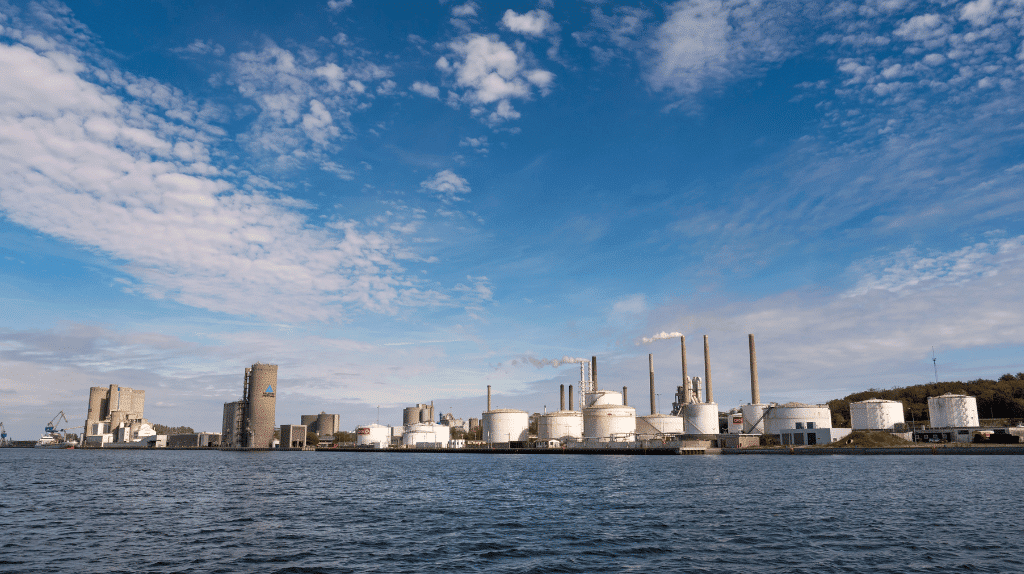
Fujairah’s Oil Storage Sees Notable Inventory Shifts
What’s going on here?
The Middle East’s largest oil storage spot, Fujairah, showed significant inventory shifts as reported by S&P Global, with an uptick in light and middle distillates but a notable drop in residual fuels.
What does this mean?
Fujairah Oil Industry Zone plays a key role in global energy logistics, boasting the largest commercial capacity for refined oil products in the area. As of May 12, 2025, there’s been a slight rise in light distillates to 8,634 thousand barrels and middle distillates to 1,762 thousand barrels, while residual fuels dropped by 1,123 thousand barrels. The total inventory fell by 1,007 thousand barrels to 19,735 thousand barrels. These changes highlight the complexities of managing energy reserves, especially with earlier patterns showing a decline of 1,302 thousand barrels in April, contrasting with the substantial increases of March.
Why should I care?
For markets: Energy reserves demand attention.
Fujairah’s inventory changes reflect broader market dynamics. The rise in light and middle distillates suggests sustained demand for these products, likely due to shifts in local energy use. But the plunge in residual fuels could indicate changes in industrial demand or export logistics, impacting prices and forecasts. Observing these trends is crucial for investors and stakeholders to understand energy market stability and pricing tactics.
The bigger picture: Ripples in global supply chains.
Grasping these inventory changes is key beyond just local markets—it’s crucial for the entire global energy landscape. Shifts in Fujairah’s storage levels might reflect economic pressures or geopolitical tensions affecting trade routes and energy security. As governments aim to manage storage strategically against market volatility, this data highlights the need for agile logistics and informed policies to tackle global energy challenges.
By: Finimize Newsroom , May 16, 2025
